Contributing photographer John Milnes has been out on his bicycle collecting pictures of Oxford’s ghost signs. Here he explains his fascination with these spectres from a bygone age.
I’ve been cycling round Oxford for more than forty years, mostly looking down to avoid potholes. Looking up instead, reveals a different landscape, and many clues to the past.
I often cycle a short cut up to North Oxford via Walton Street and see the faded charm of the advert for tea above the Wine Café on the corner of Little Clarendon Street: ‘TRY Geo LUMLEYS 2/6 TEA’. But I never noticed the window above it until recently I discovered another advert for ‘THE FINEST TURKEY COFFEE’, mainly because the upper sign is hard to read.
Now I’m looking for them, I see the signs in lots of surprising places. But they are fading, being lost to new buildings, turning to ‘ghosts’.
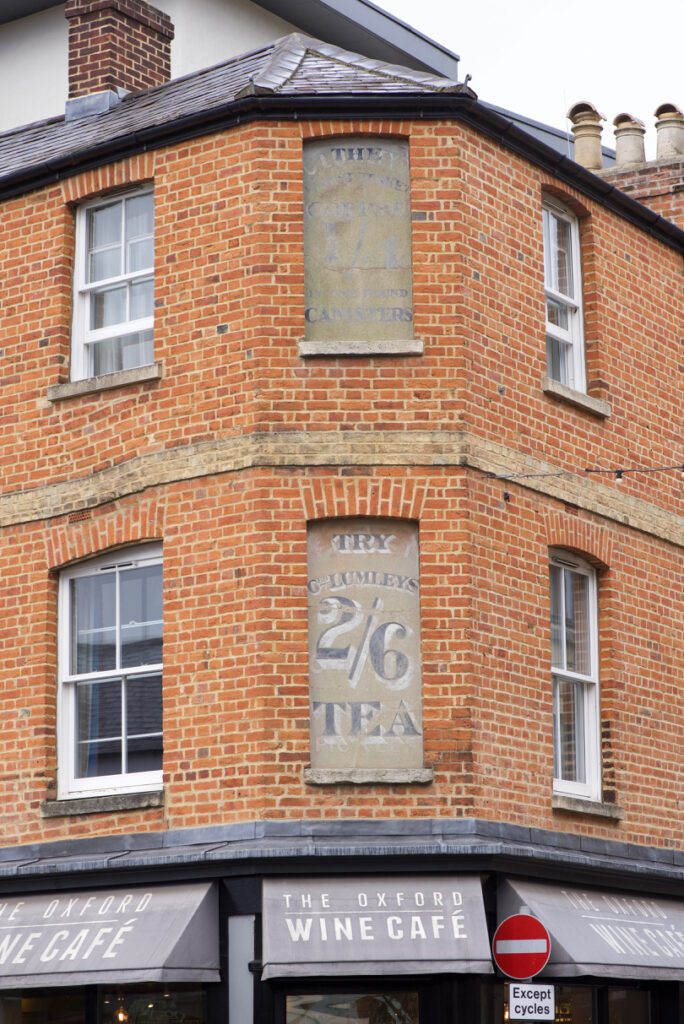
George Lumley, whose name is on this sign, was born around 1850. His father was a college servant. He became a grocer’s assistant and did well enough to own his own business, with seven employees. The shop thrived through the 1880s selling tea, coffee and general groceries. Success did not last, however, and by 1888 he was bankrupt. He left Oxford for London but his memorial remains above the shop where he worked 150 years ago.
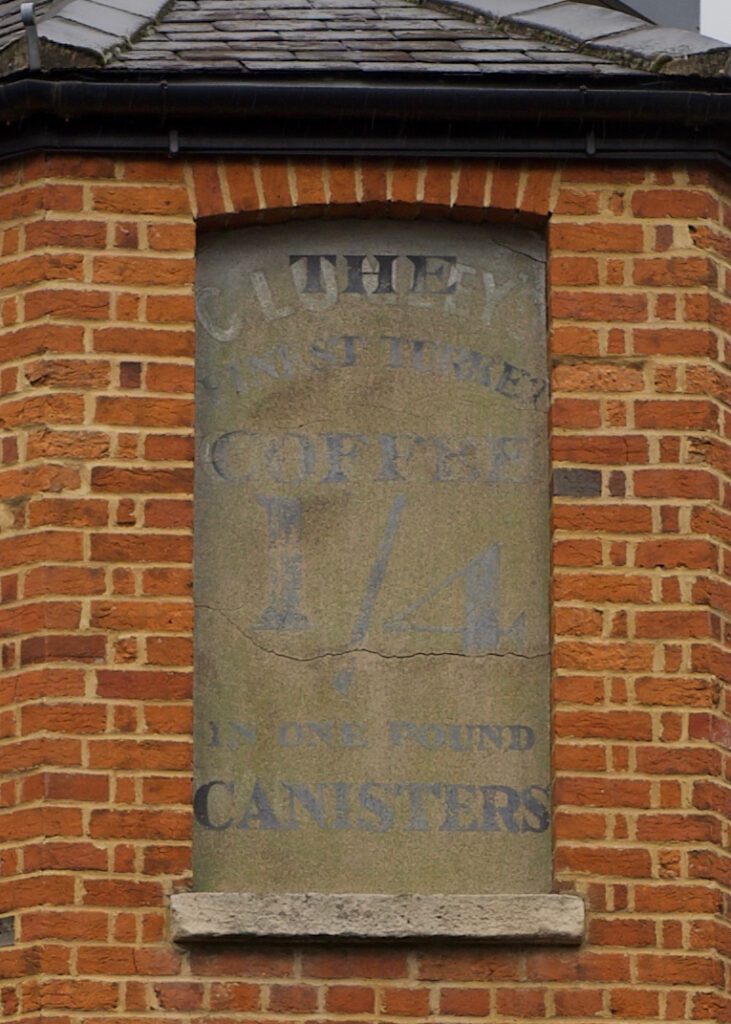
The top sign advertises turkey coffee sold in one pound canisters.
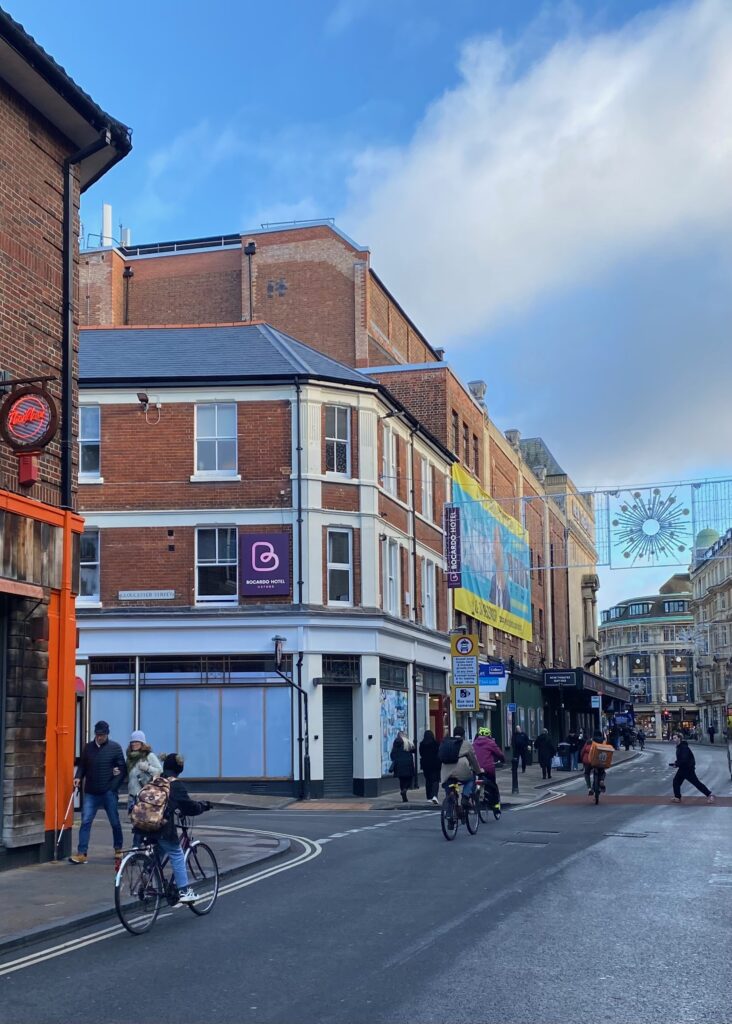
24-26 George Street was chosen as the first in his chain of Italian restaurants by celebrity chef Jamie Oliver and called ‘Jamie’s Italian’. It was opened in 2008 but closed when the chain went into administration in 2019. But the top pane of glass in each window reveals an earlier life. Stencils on the glass read ‘OUTFITTING’ ‘RAINWEAR’ ‘UMBRELLAS’ ‘SPORTSWEAR’ ‘OVERCOATS’. The building was once a ladies and gents outfitters run by the Oxford Cooperative Society. The Coop already had a large red brick building on the south side of George Street (opposite the present day entrance to the bus station). The extension on the other side opened in the 1930s and shows what a force the Coop was in retailing.
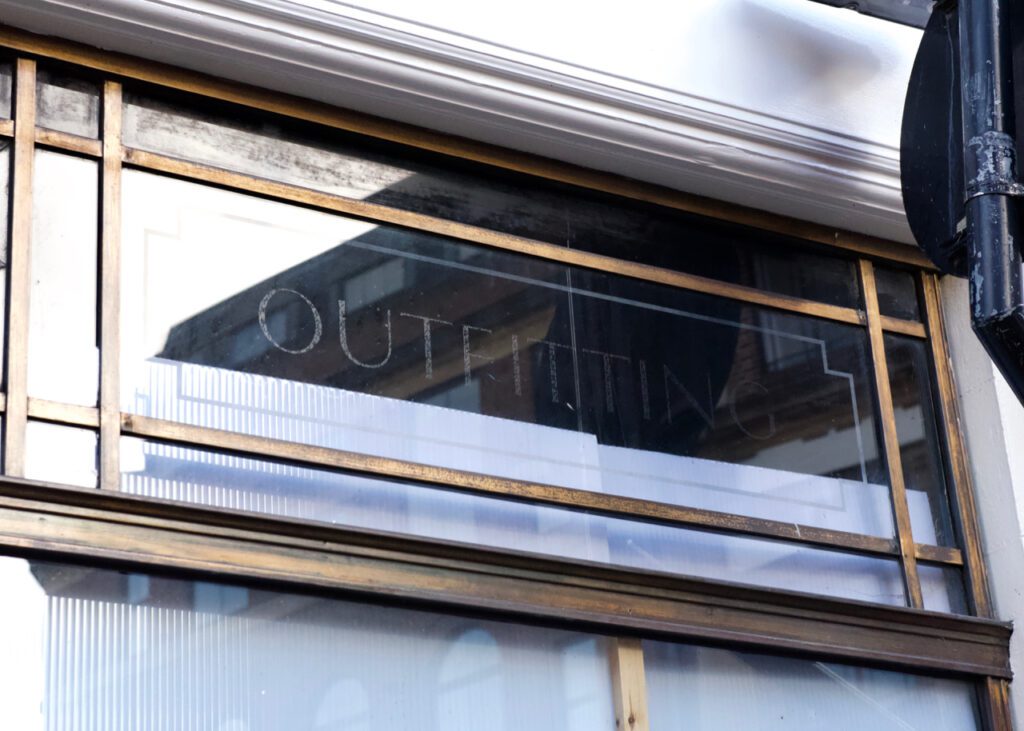
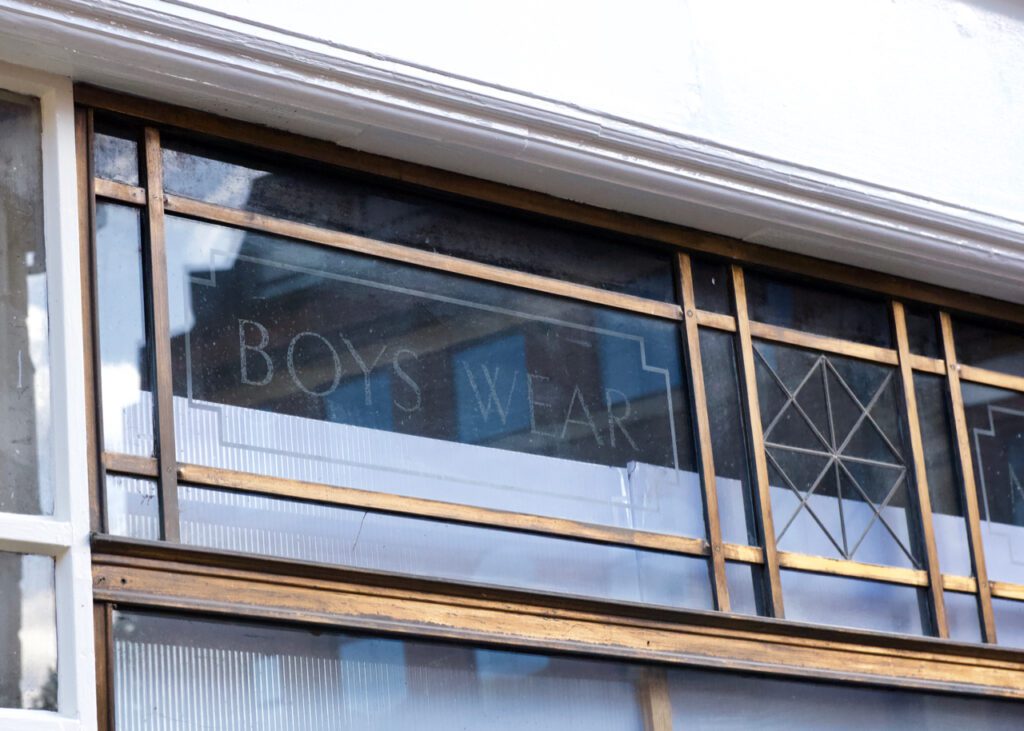
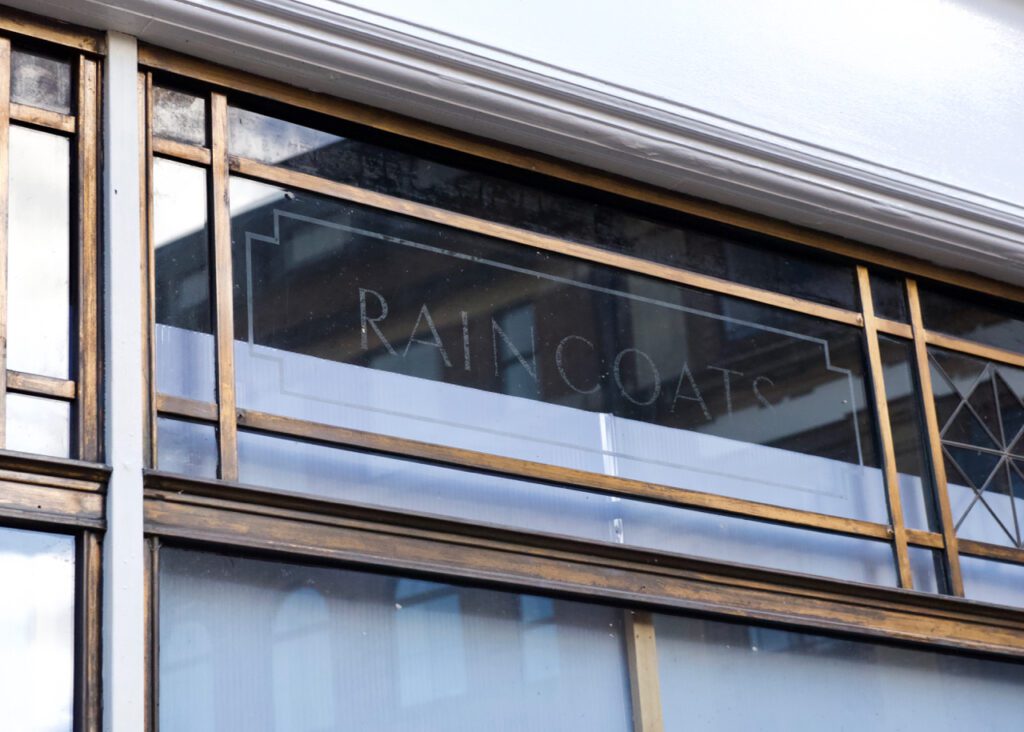
Recently the whole building has had a makeover and a new restaurant (The Real Greek) is due to open. Will they keep these ghostly stencilled words revealing a past life, or will the refurbishment sweep it away?
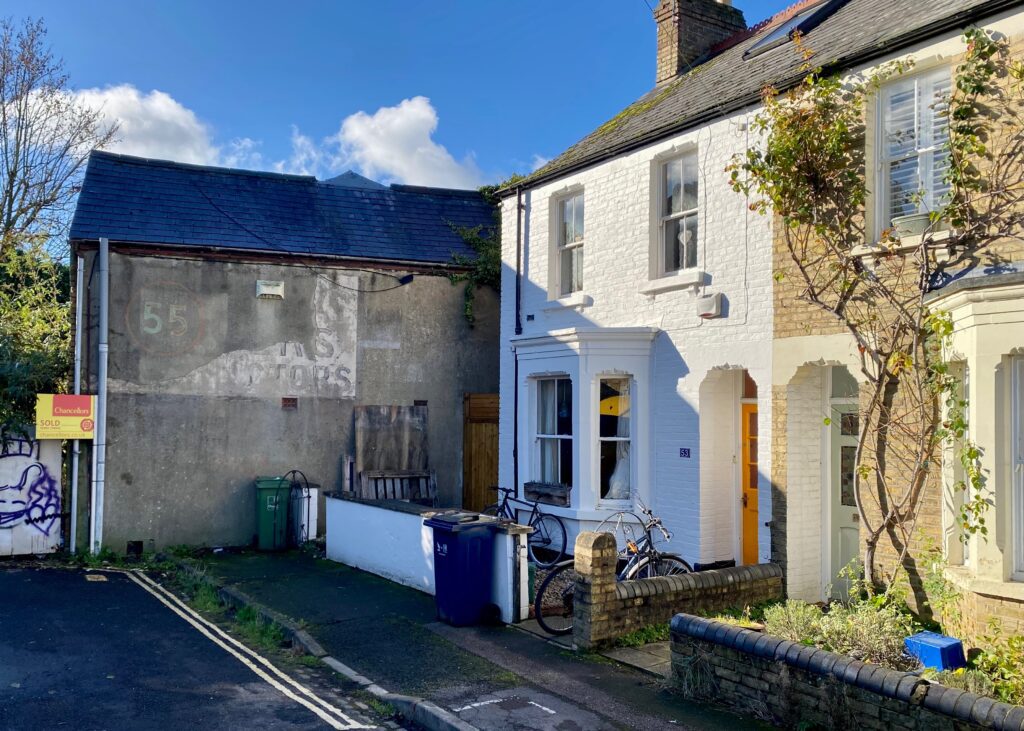
Some signs are nearly gone already. Down the Cowley Road, opposite the East Oxford Health Centre is Randolph Street. Right at the bottom a painted sign on the wall of a much neglected building reads ‘55’ ‘…OS’ and ‘…CTORS’. The rest has gone, erasing the last street evidence of a successful building firm founded by brothers Ephraim and David Organ. They were substantial local employers for more than seventy years with their sign ‘Organ Bros … Building Contractors’. With the whole building ready for redevelopment and the sign in very poor condition, it may soon be gone completely.
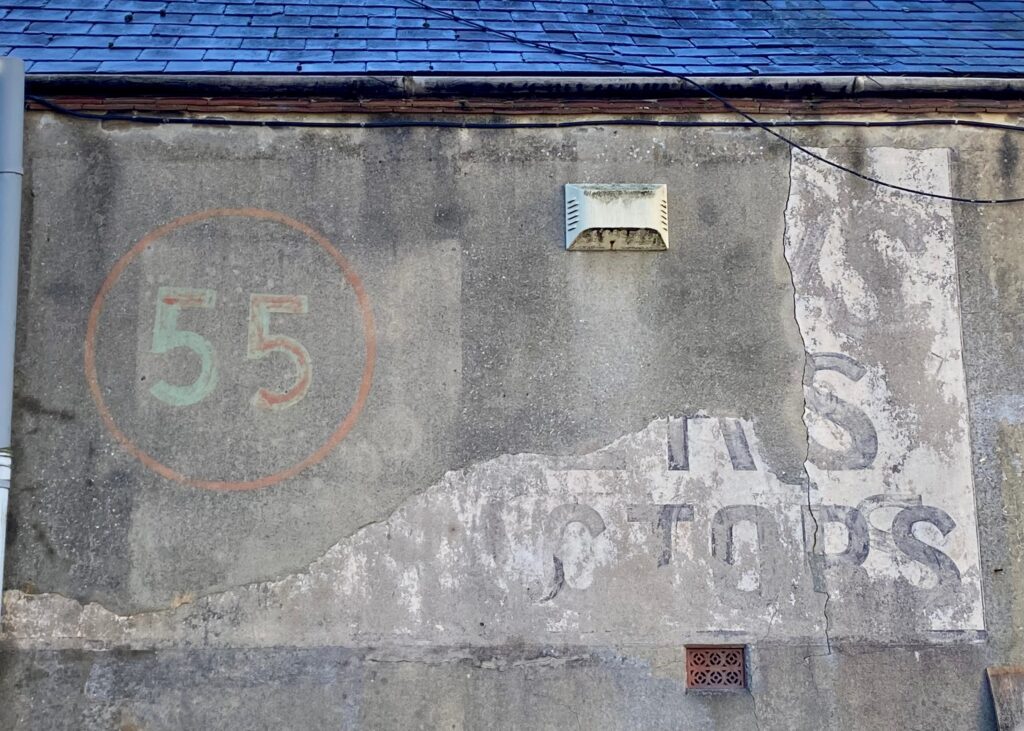
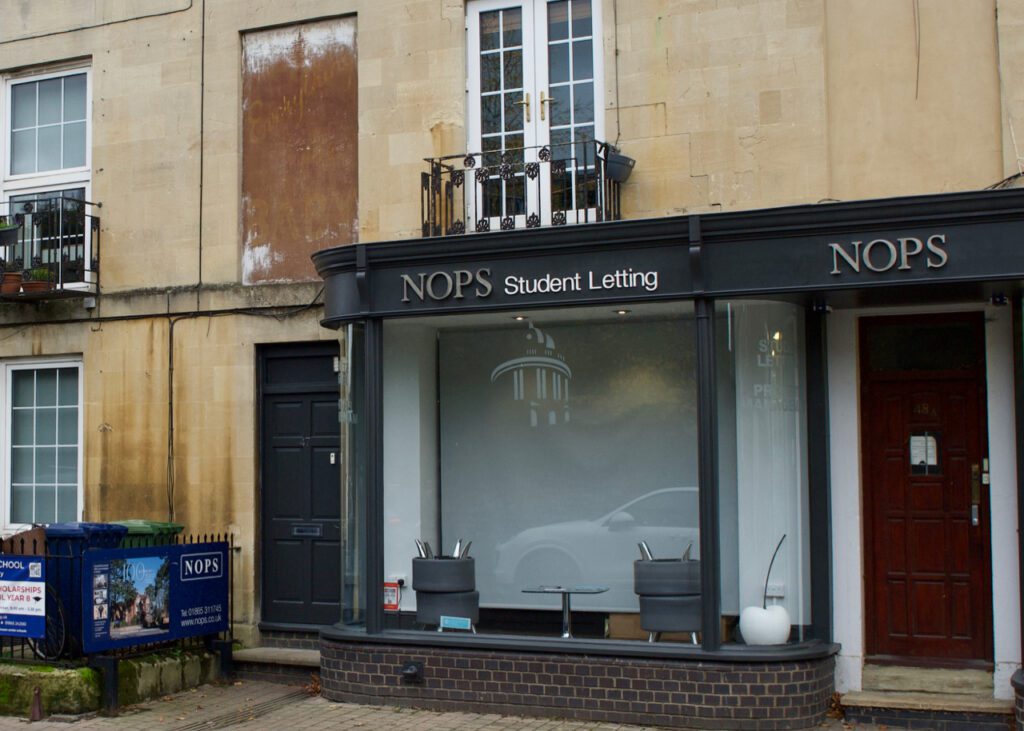
I notice that the position of a painted sign tends to secure its survival. Above NOPS the estate agents in Kingston Road there are two bricked-in windows, with painted adverts for the shop that was once at no 47: PRAMS and COTS / EVERYTHING for BABY in faded yellow letters is complete and legible, protected by the frame of the windows.
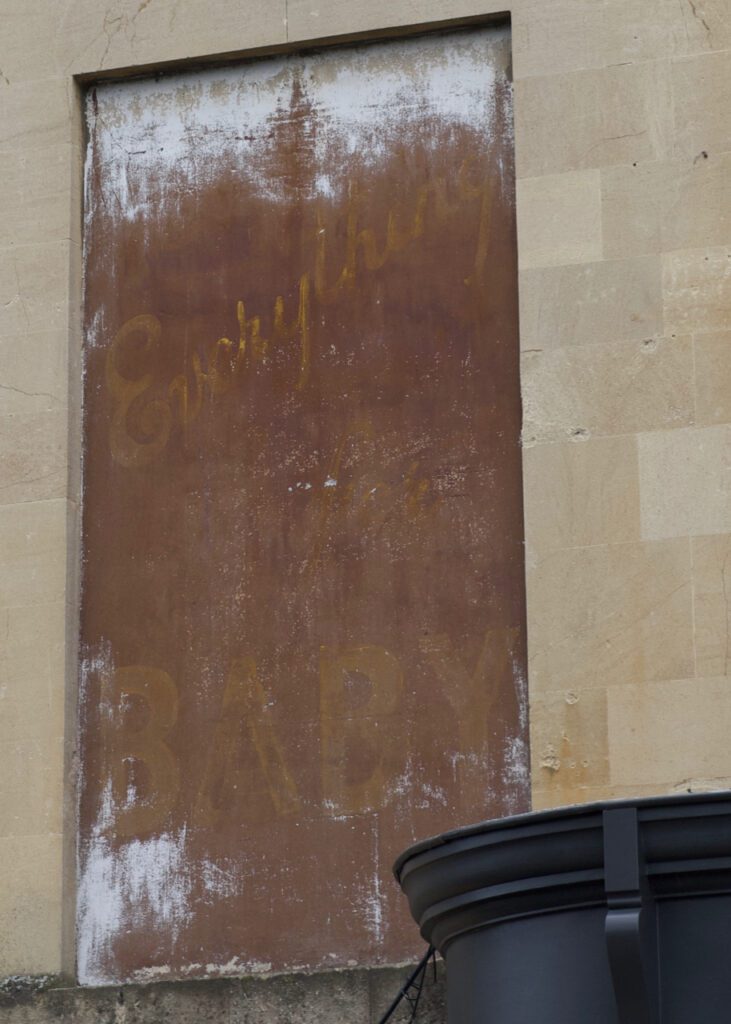
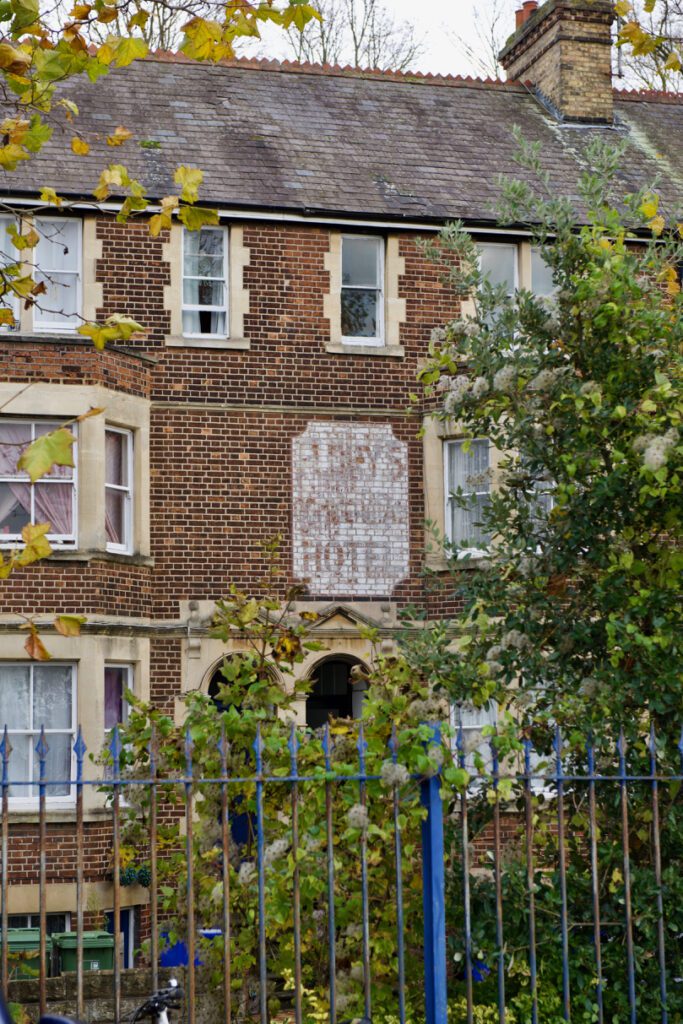
Lettering on an exposed brick wall fades more quickly. FLOREY’S COMMERCIAL HOTEL at 4 Becket Street, looking out on the present station car park, is still legible, just.
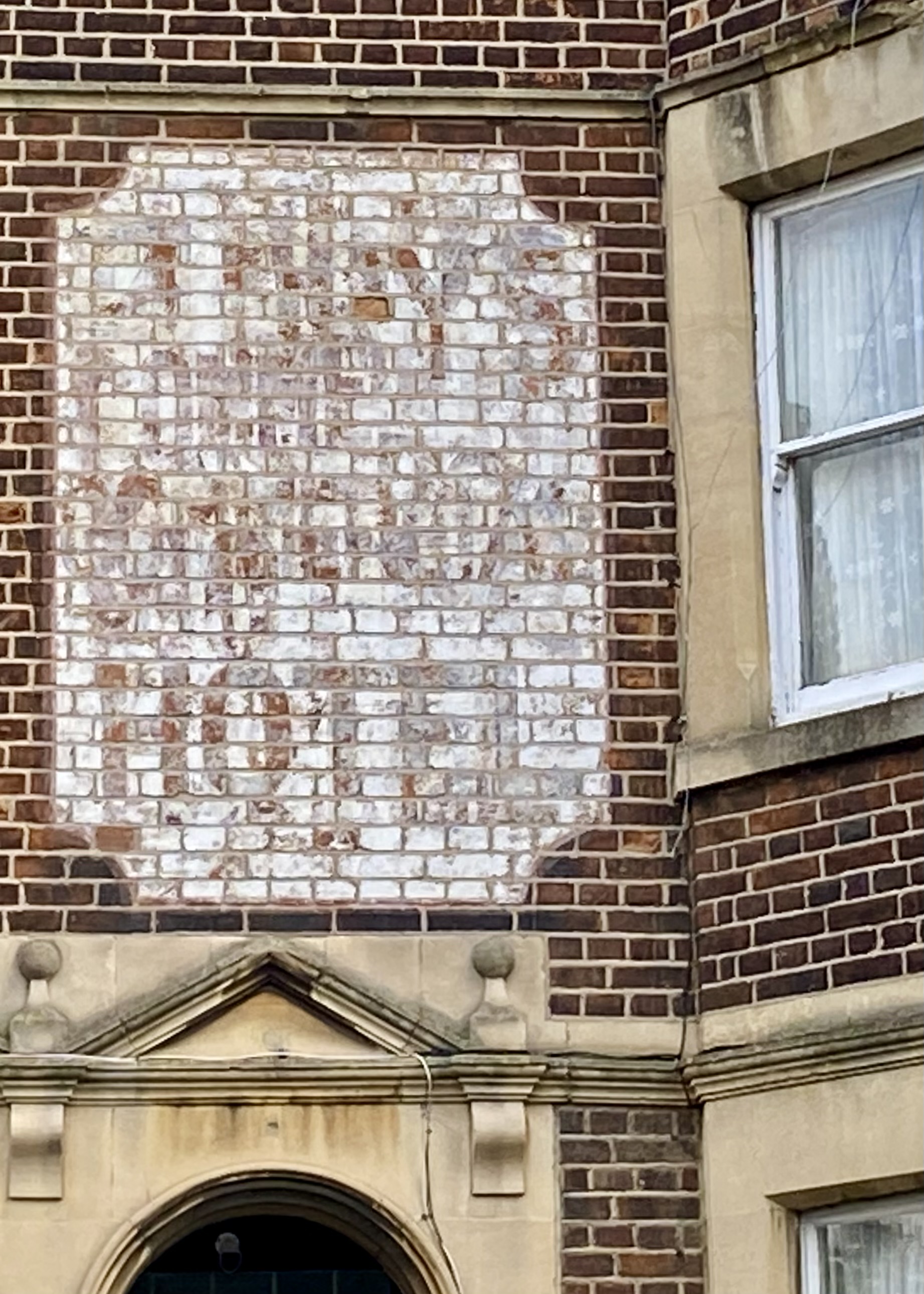
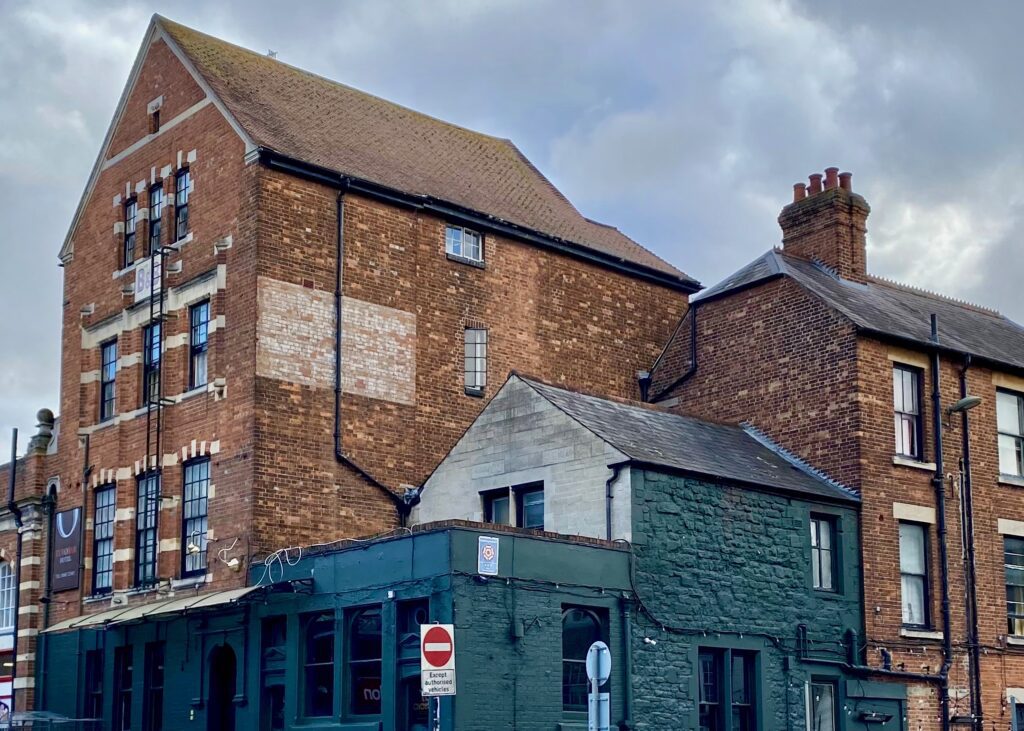
In contrast at the bus station above where the buses pull in and out of George Street there’s a painted sign for the Corn Exchange Hotel. The lettering has all but disappeared. The building was put up by Morrells, the brewers, and the hotel was opened more than a century ago.
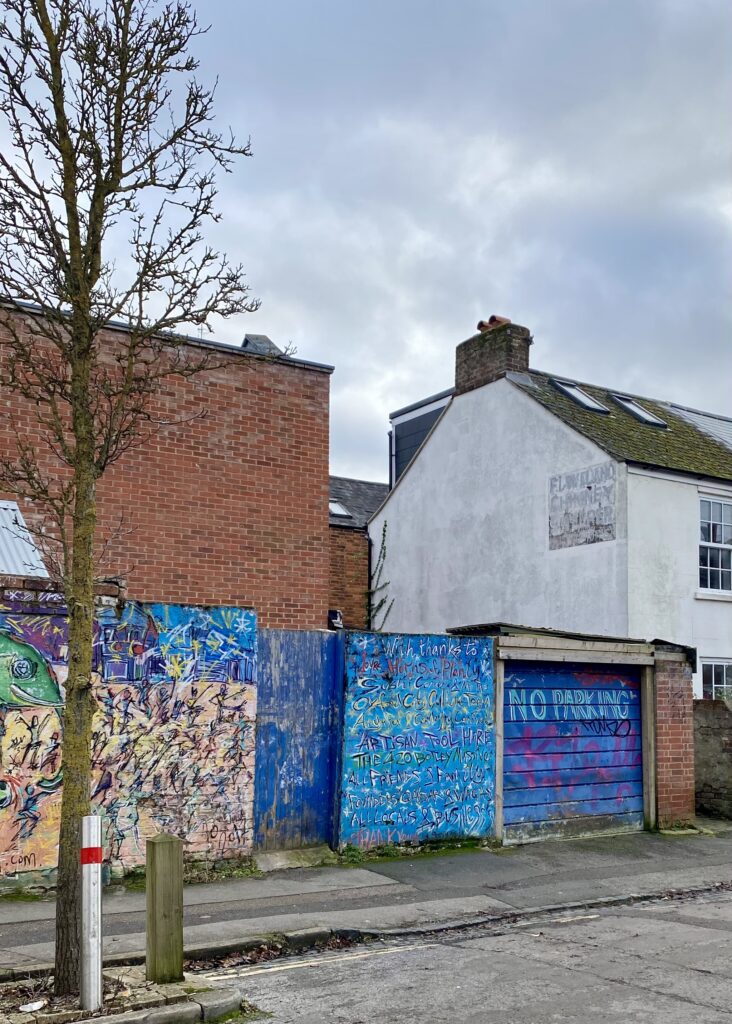
Some signs have been painted and repainted as businesses came and went. In Stockmore Street at the top of the Cowley Road a Mr. Loveland ran his chimney sweep business from a tiny house. He wasn’t there long but the new occupant was also a chimney sweep and painted his own name in the same rectangle. The letters F.W.COX / CHIMNEY / SWEEPER were bold but the paint wasn’t as good quality, so the original letters show through.
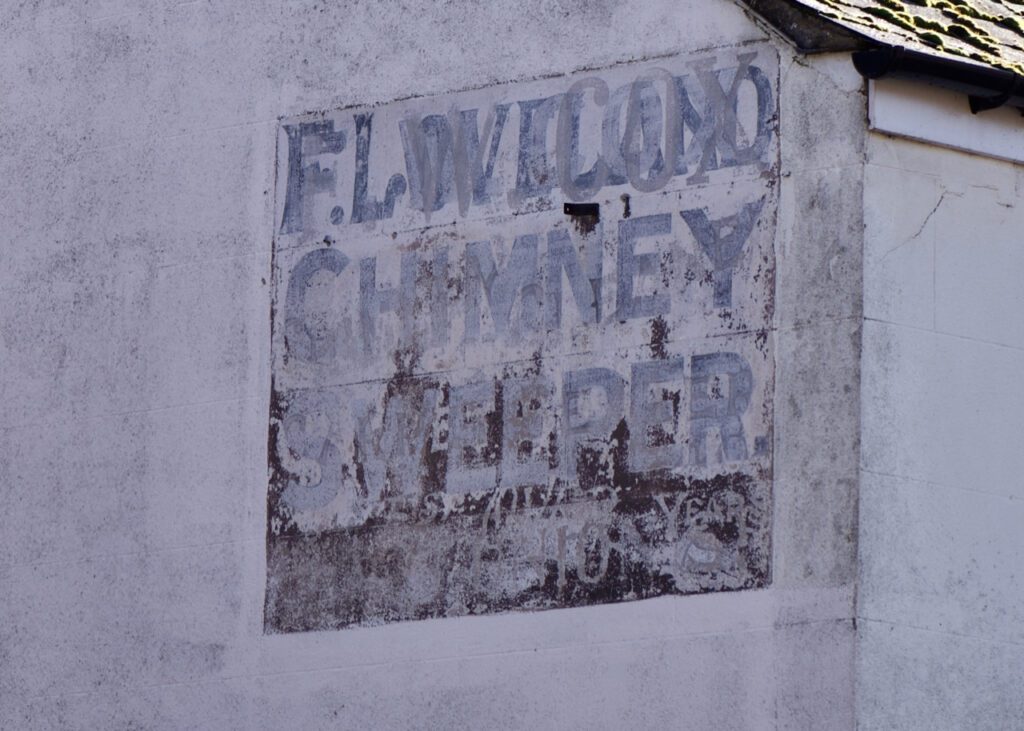
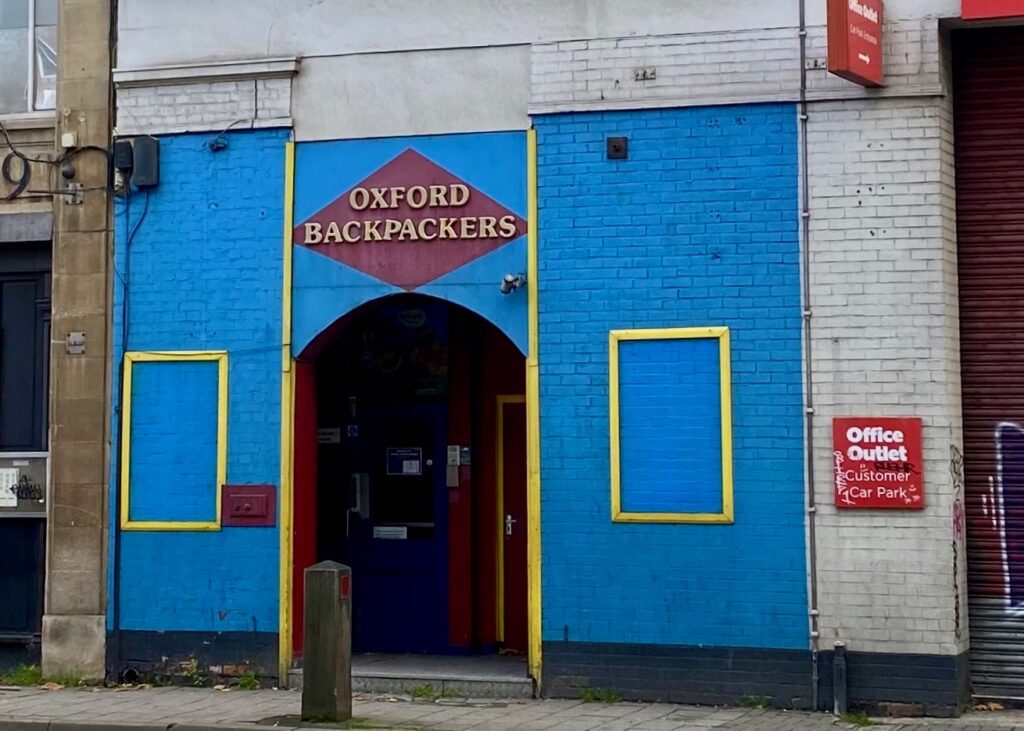
A more recent establishment is the Oxford Backpackers in Hythe Bridge Street above the Futon shop. The blue and yellow signs are beginning to decay and will be probably be gone when the whole building is redeveloped. Or maybe they’ll be kept as part of the building’s history?
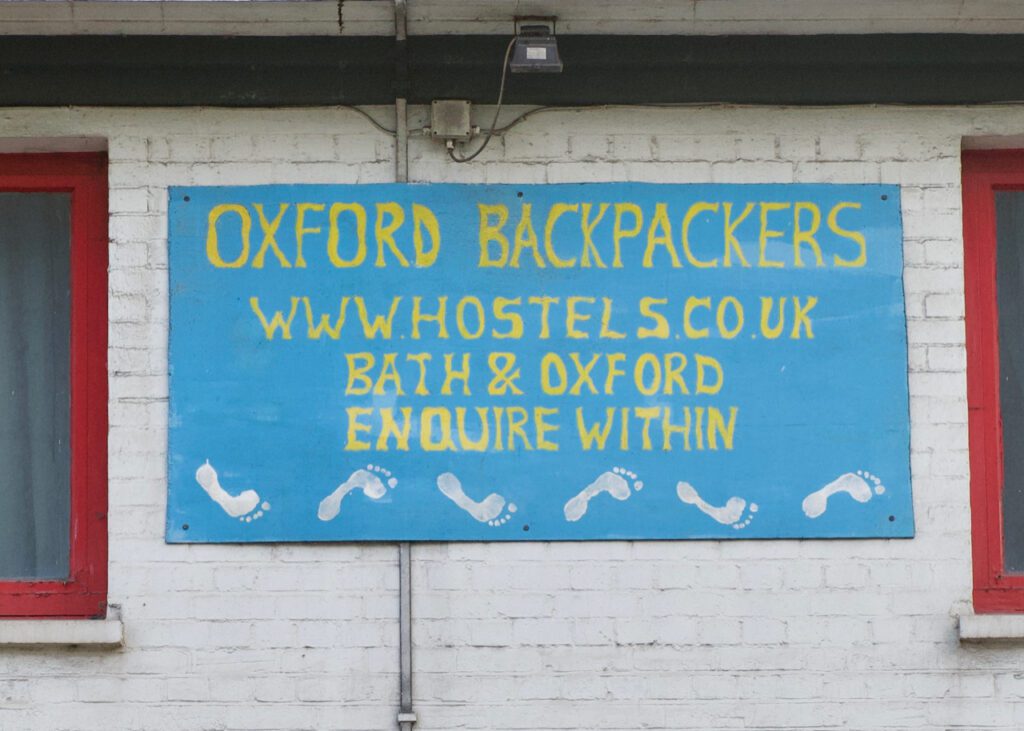
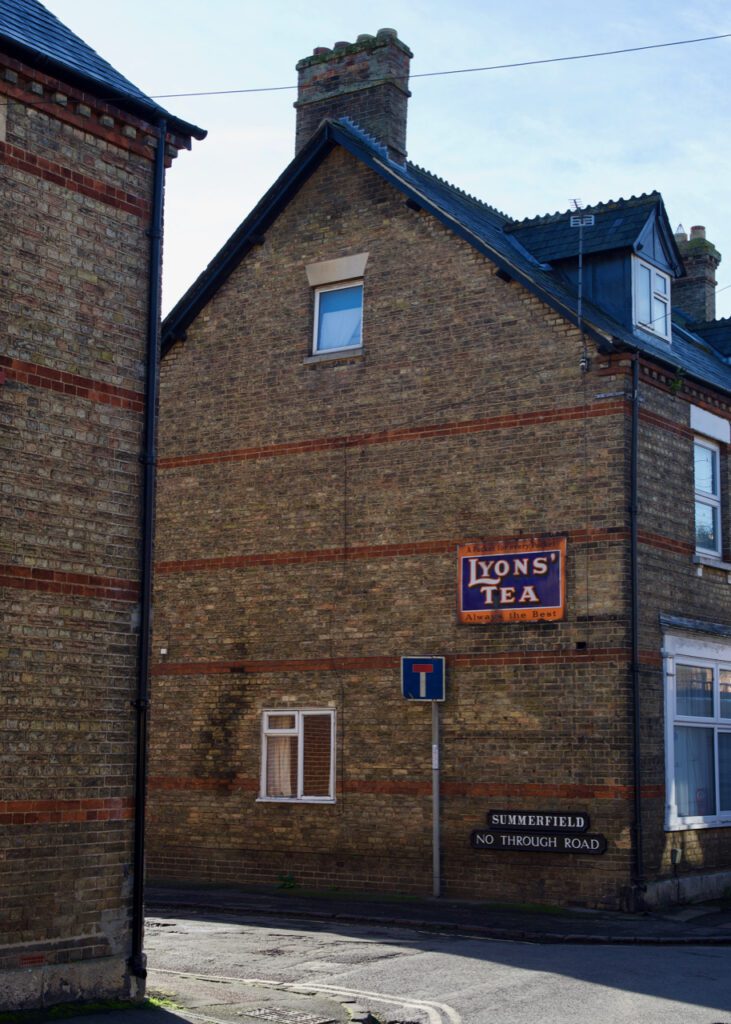
Sometimes signs are loved enough to be kept. They become a local landmark. Like the LYONS’ TEA sign on the side of what used to be a grocer’s shop down Lake Street in Grandpont. The baked enamel letters are still bright.
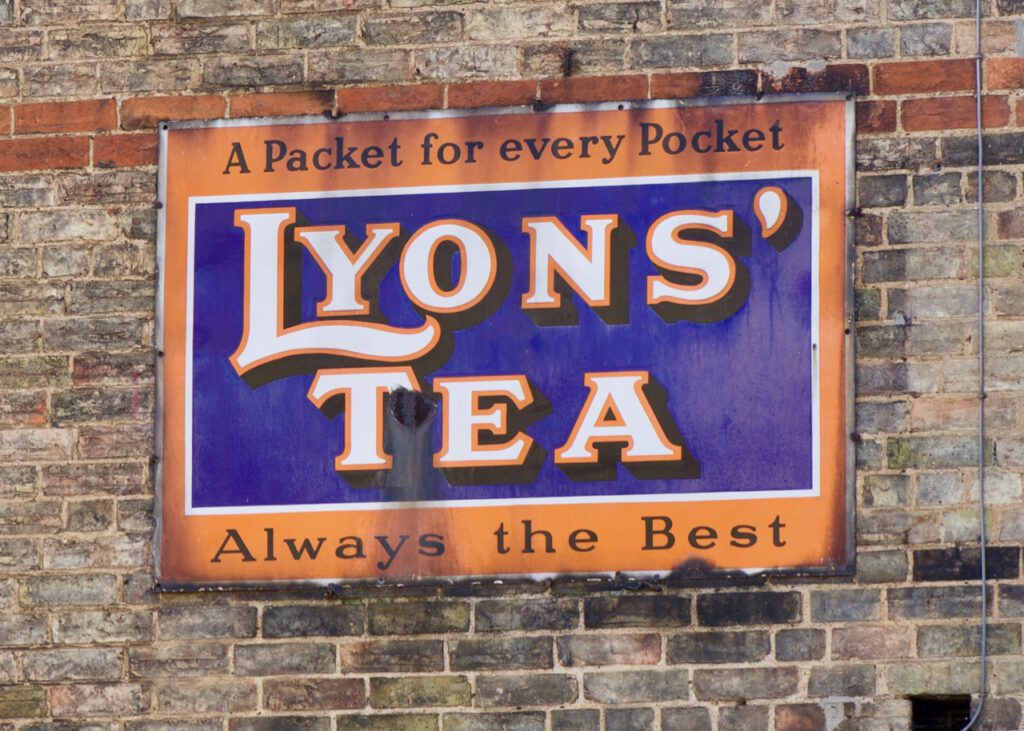
Now I’ve learned to look out for them I’ll be happy looking up to see how they change, survive, or are lost; unless I hit a pothole and ride into a lamp post.
[If you want to know more about the businesses and names behind the ghost signs around Oxford, there is lots of information on oxfordhistory.org.uk collected by Stephanie Jenkins and others.]
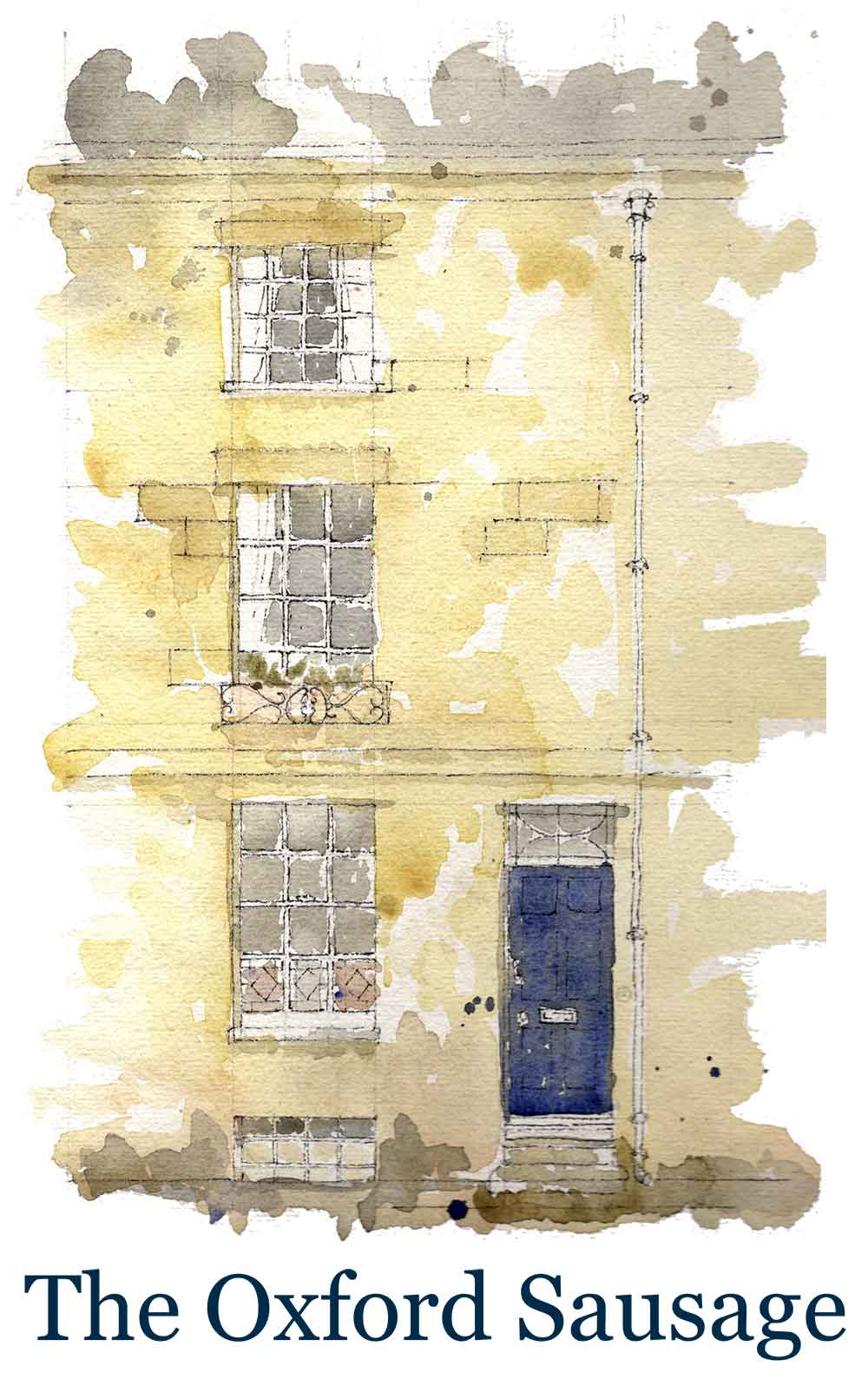

1 Comment
Join the discussion and tell us your opinion.
Well done John Milnes and Arabella. High marks for entertainment, thank you.
This might make for an interesting book such as ‘ Ghost Signs in Oxford.’ I found a book on Internet Archive with a rear cover advert which is a bit hard to read – very ghost-sign-like. The ‘Oxford Automobile and Cycle Agency ‘ at 16 George Street. Owned and operated by F G Barton. He is sitting in a 1902ish Renault motorcar ‘For Hire’ and captured in 2 separate historic images. (Links below if permitted by Arabella and website). ‘Oxford Illustrated’ by Edwin English 1902.
For ‘Ghost Sign’ fans, JoolzGuides in London has 5 episodes, where he points them out with videographer friend Simon, in and about ol’ London town. He is our fav Tour Guide on utube video, where he has branded himself rather splendidly. Pip Pip!!
I think a post about 2023 ‘ The Store Oxford’ Hotel in historic Broad Street / 50 Cornmarket Street dual entry from the ‘Boswell Store’ era … would be a good follow-up post (MHO). I spotted some ‘BOSWELL’ signage on their website images. The store first traded in 1738, and was the second oldest family-owned department store in the world. Soooo many business lose money in the end, as you describe in this post. The extended run for 282 years by The Boswell’s is a bit gob-smacking by comparison.
Cheers for good writing and good images … and links
1902 book: https://archive.org/details/oxfordillustrate00englrich/page/n145/mode/2up
1909 Broad St painting: https://www.flickr.com/photos/jaykay144/52773181661/in/album-72157718646742421/
1909 Magdalen Street painting: https://www.flickr.com/photos/jaykay144/albums/72157718646742421/with/52778432578
Joolz Guides – London History Walks: https://www.youtube.com/@Joolzguides/search?query=%22Ghost%20signs%22
Boswells of Oxford: https://en.wikipedia.org/wiki/Boswells_of_Oxford